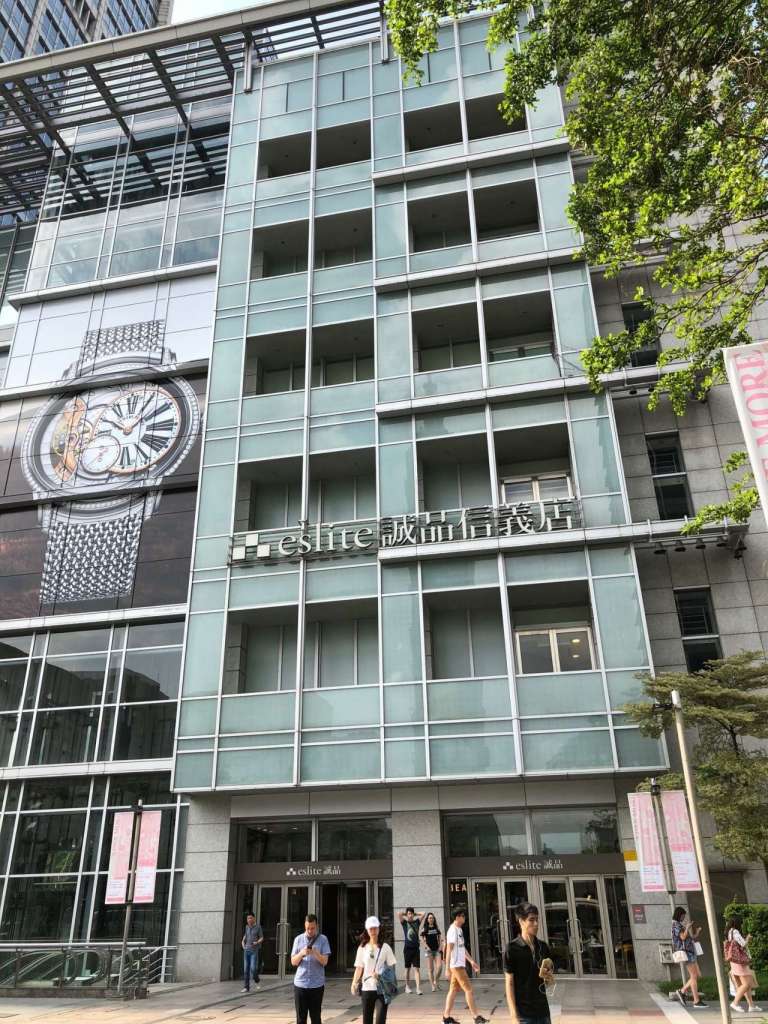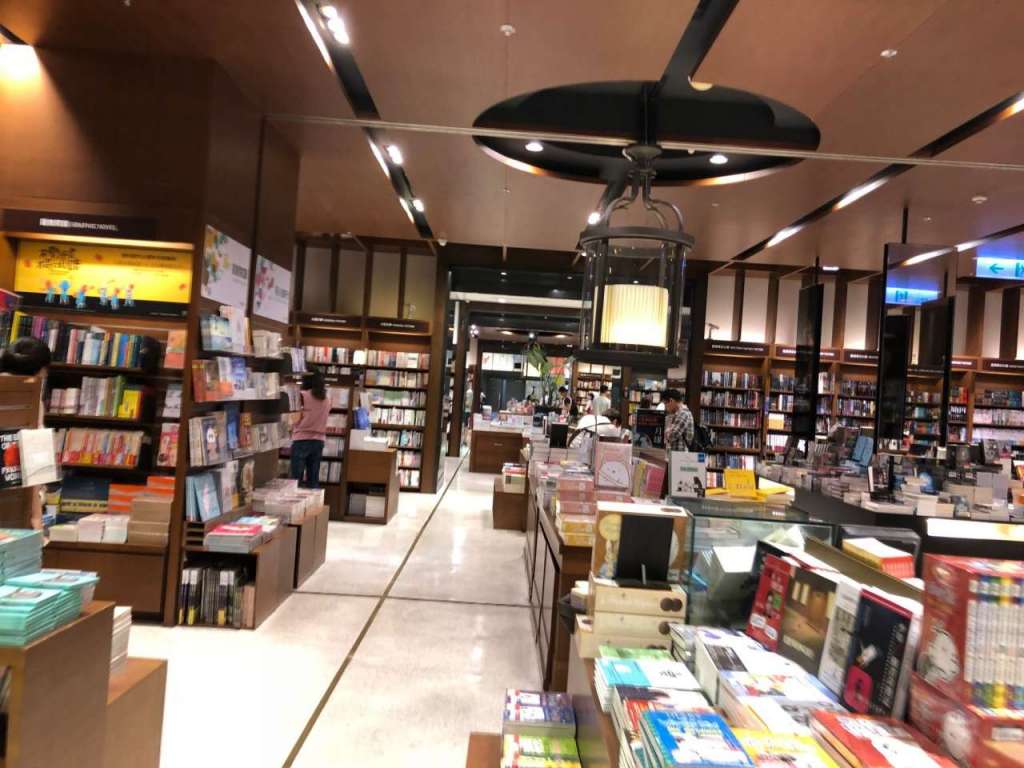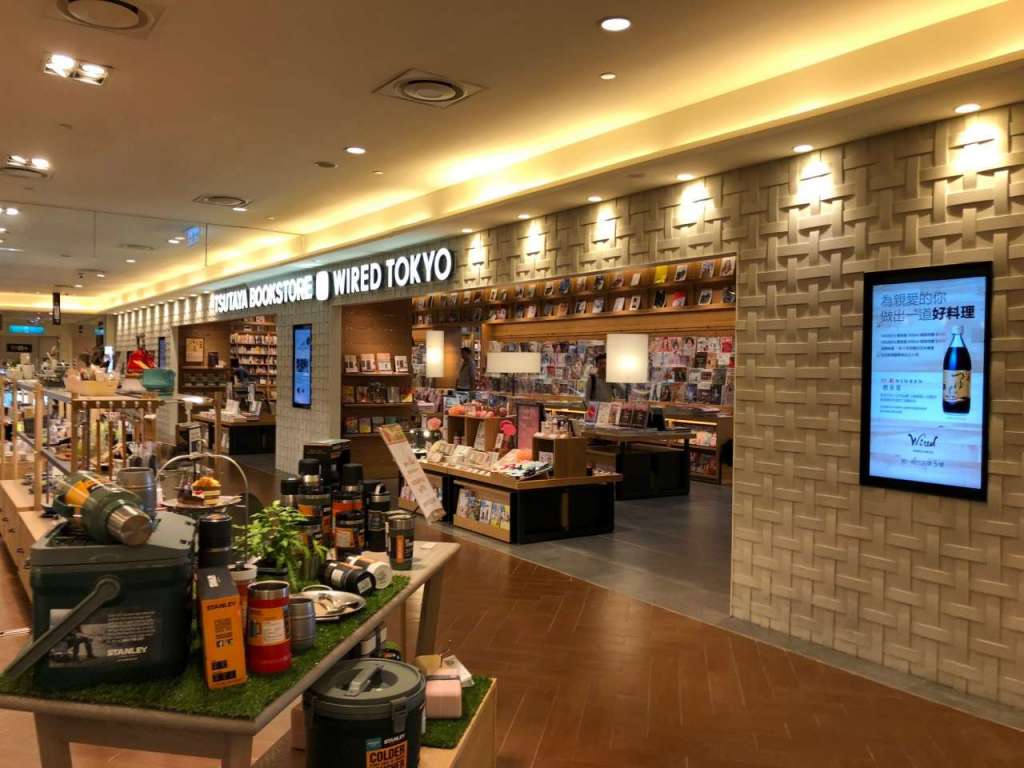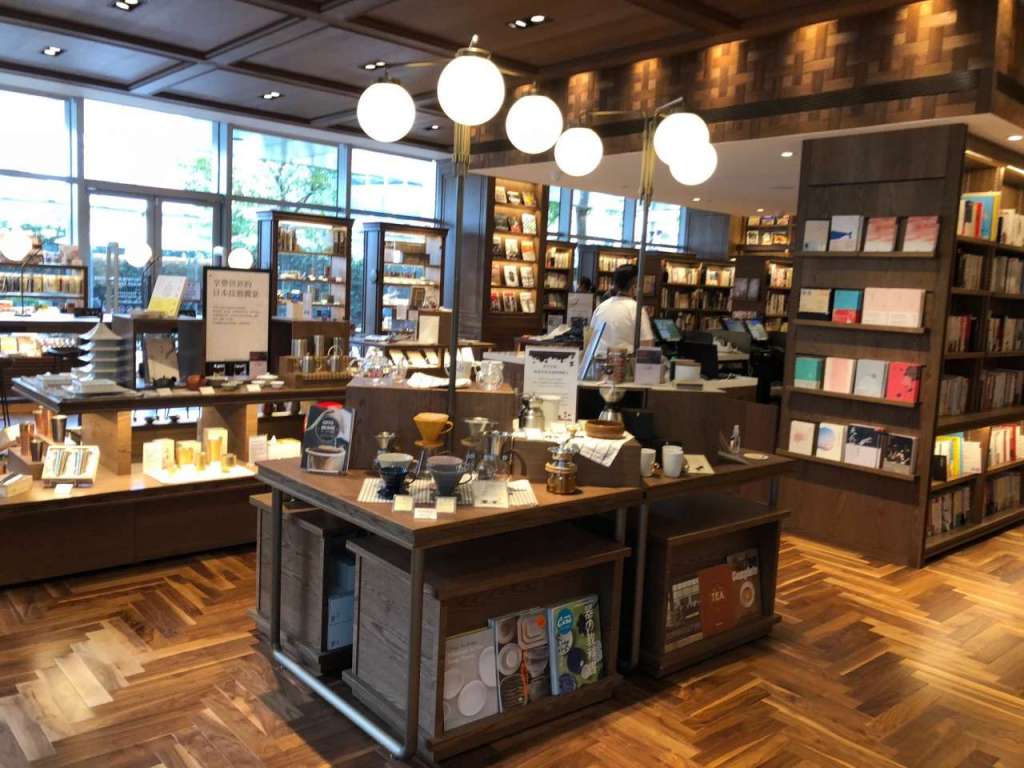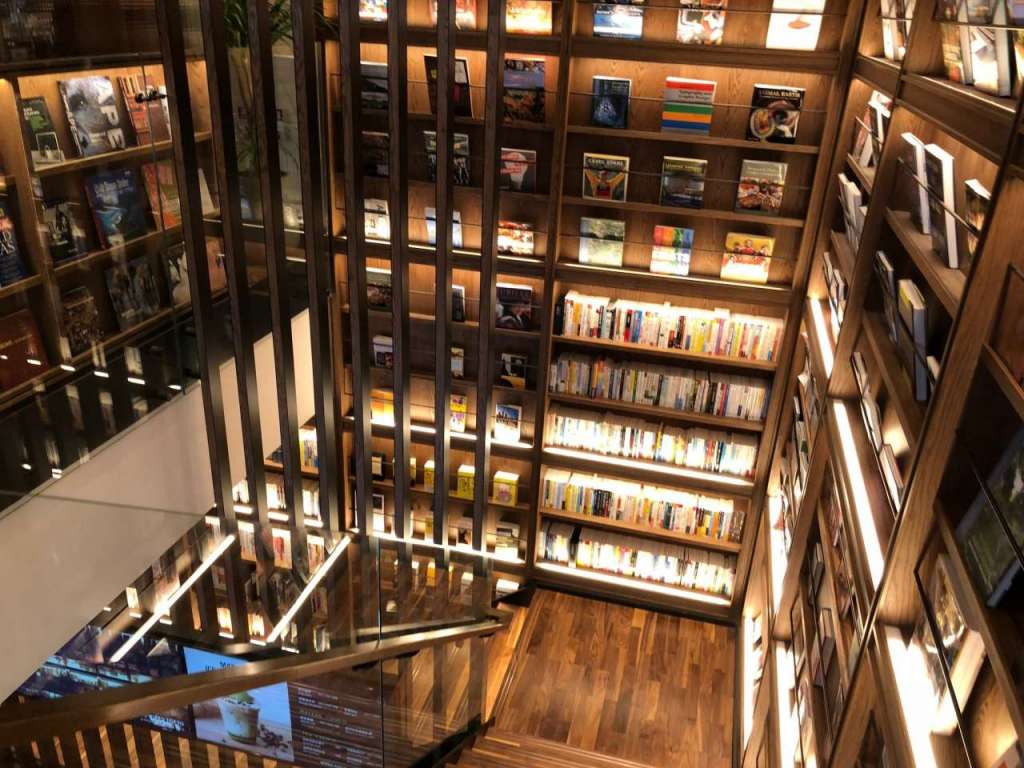“Asian Review 033” ― Taiwan part10
Lifestyle proposing commercial facility ― Eslite Bookstore (Vol.2)
Eslite Bookstore runs about 40 stores here and there throughout Taiwan. Among them 18 stores are in Taipei. They sell many goods and foods excellent in design and taste from all over Taiwan. For the Japanese travelers, it is indeed a hidden spot to purchase souvenirs. By the way, the English name “eslite” has come from a French ancient word meaning “elite”, which means “everyone trying to enjoy life.” This naming is also fashionable, isn’t it?
Eslite Xinyi Store is the largest one among the Eslite Stores, with 6 floors above the ground and 2 underground floors. The Eslite Bookstore occupies only one floor on the 3rd level, other floors are named respectively from the bottom, Eslite Gourmet, Eslite Trendy (fashion), Eslite Vision, Eslite Design, Eslite Mode, Eslite Lifestyle & Children and Eslite Culture. The second floor is the floor that they want to attract the most attention, and they are laying out the design items and design books together. In addition, there is a section on this floor called the “Eslite Flavor” lining up products of various region’s enterprises in Taiwan, all of which has passionate commitment for the quality or design.
Nowadays, “lifestyle proposing” facilities is becoming a trend or key word in Japan. In addition various unique hotels and integrated commercial facilities which have no boundary between retail shops and dining space are emerging. The orientation of urban development or township activization is also transforming from goods (“mono”) to things (“koto”), seeking a place you just go and enjoy, a place comfortable or a place people gather spontaneously. Daikanyama T-Site, Hirakata T- Site and Futako Tamagawa Tsutaya Kaden are typical cases of those trends.
In the field of advanced display system such as projection mapping or LED devices, Japan may be a front runner being led by Mr. Toshiyuki Inoko of Teamlab, but I was impressed by the digital signage in Taiwan WTC (World Trade Center) demonstrating remarkable progress in these two years. The space provided by architecture can no longer attract people by itself. Only the integrated field produced by multiple software which are always revised can absorb the customers. I think it is all the same with office development, I suppose.
Actually, Tsutaya bookstore opened stores in Taipei. They had launched the Xinyi store on January 24, 2017, Songshan station front store on November 24 the same year and the third store on March 29, 2018 in the commercial complex named “CITYLINK” combined with Taipei MRT “Neihu” (Inner Lake) station. There are about 15,000 books on sale including Japanese books and foreign books that are difficult to get in Taiwan. In the stationery corner, 90% of the items are brought carefully selected from Japan. I suppose they are intending to share information on lifestyle at which Japanese people are aiming, through these ‘lifestyle proposing’ stores.
Conversely, Eslite Bookstore finally decided to expand into Japan as the Nikkei reported recently. According to the article, it will use several thousand of square meters on the second floor as a tenant of Muromachi Redevelopment Project that Mitsui Fudosan is promoting as part of the Nihonbashi Revitalization Plan. They also plan to develop a space for “experience purchasing” such as craft shops of glass and leather. It is an interesting phenomenon that ” lifestyle proposing” shops in Taiwan and Japan are opening brunch shops in opposite countries each other.
Taipei also has many buildings of the Japanese occupation era. Especially, the central government office (Bo’ai Special Zone), which is responsible for the political and economic center of Taiwan, includes the Presidential Office (Former Taipei Governor’s Office), Taipei Guest House (Former Taipei Governor’s Official Residence), Judiciary Court (former Governor General of High School), Prosecutor Court (Former Taipei State Agency), Taiwan Bank, and etc. They are a symbol of Taipei. It is said that many buildings of the Japanese occupation era are still existing here and there, many of which are remodeled and preserved as literary facilities and restaurants. Beitou hot spring village in the suburbs of the city is also one of such examples.
We had been exploring Taiwan in such a short time, but the overall impression I had received is that Taiwanese likes Japanese and Japanese culture. Based on the influences of Chinese culture and temperament of Han Tribe flowing in the bottom stream, they have flexibility to absorb good points of western culture or Japanese culture obediently, represented by “Literary Youth” movement. The domestic market is not large enough, but if someone make good things he can sell it to the huge market in Mainland China. Thus, Taiwan may be an area in a special standing position in the world, or should I say, a mysterious country like a microcosm of Asia. I must go “back” again some time. (The end of Taiwan series)
